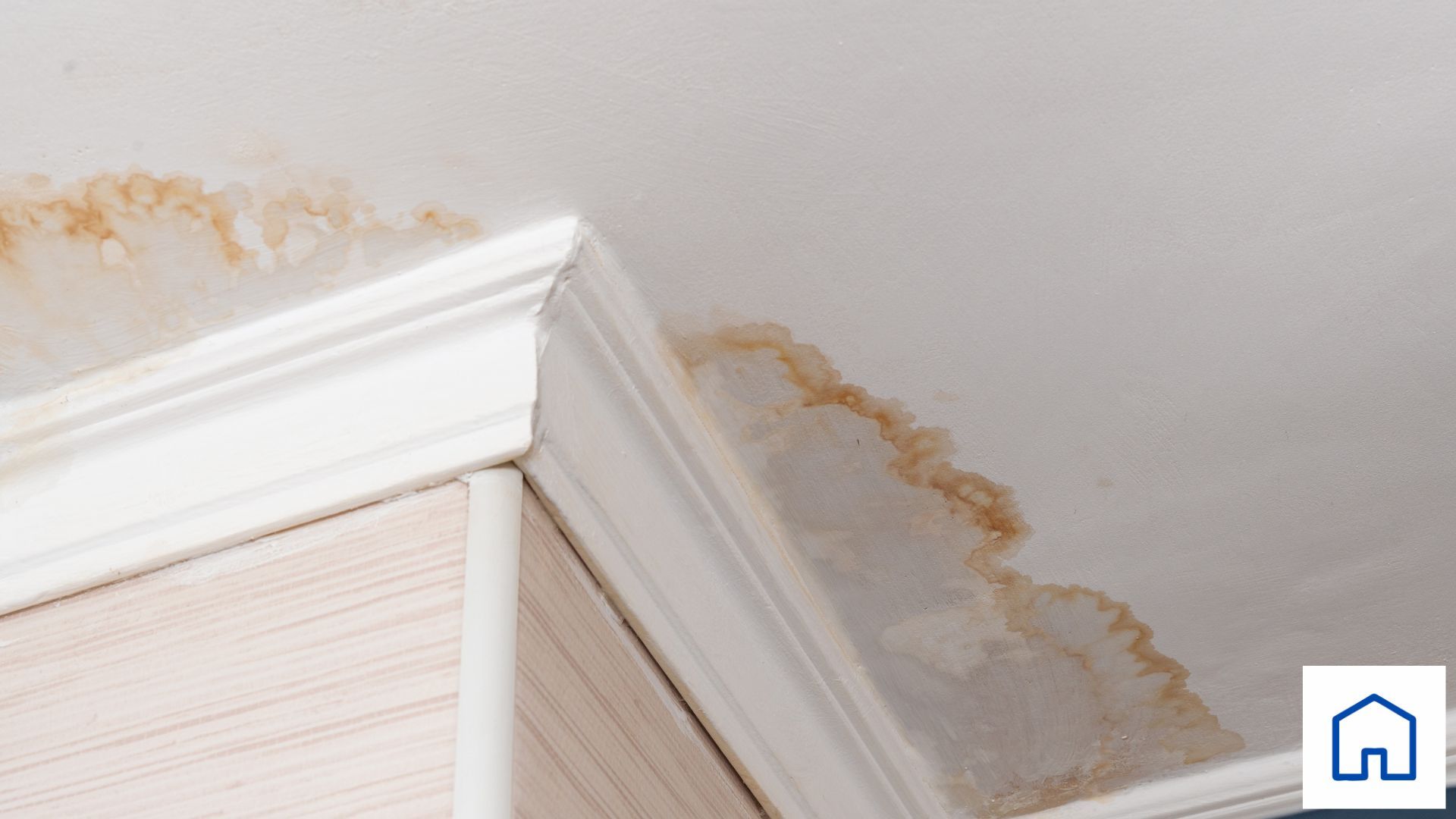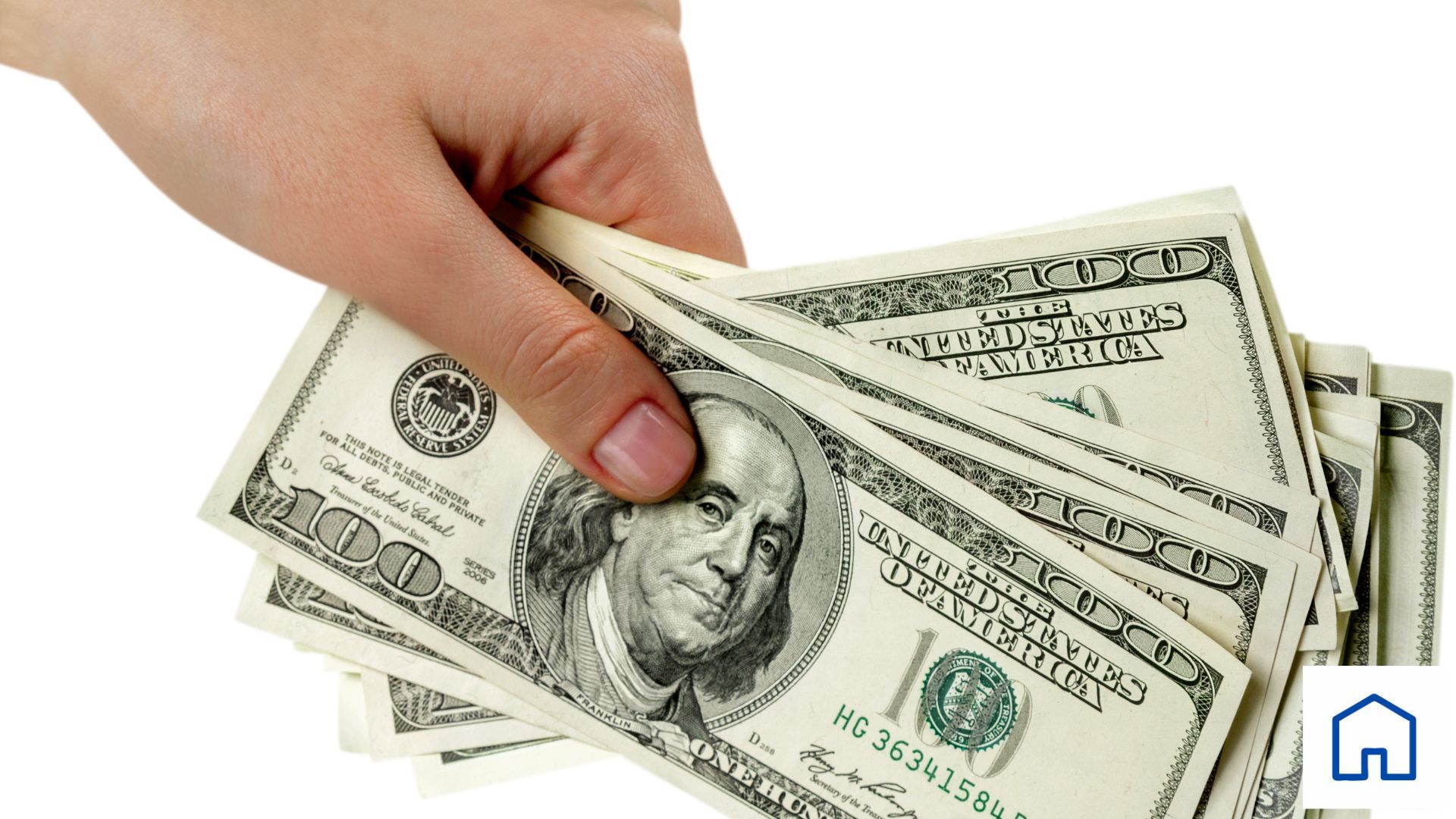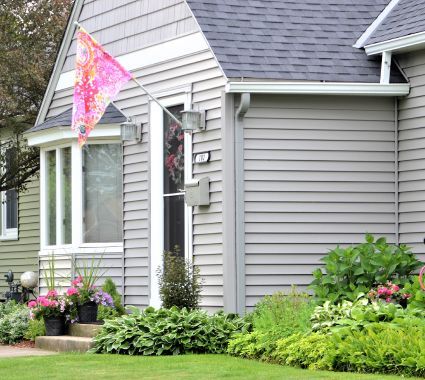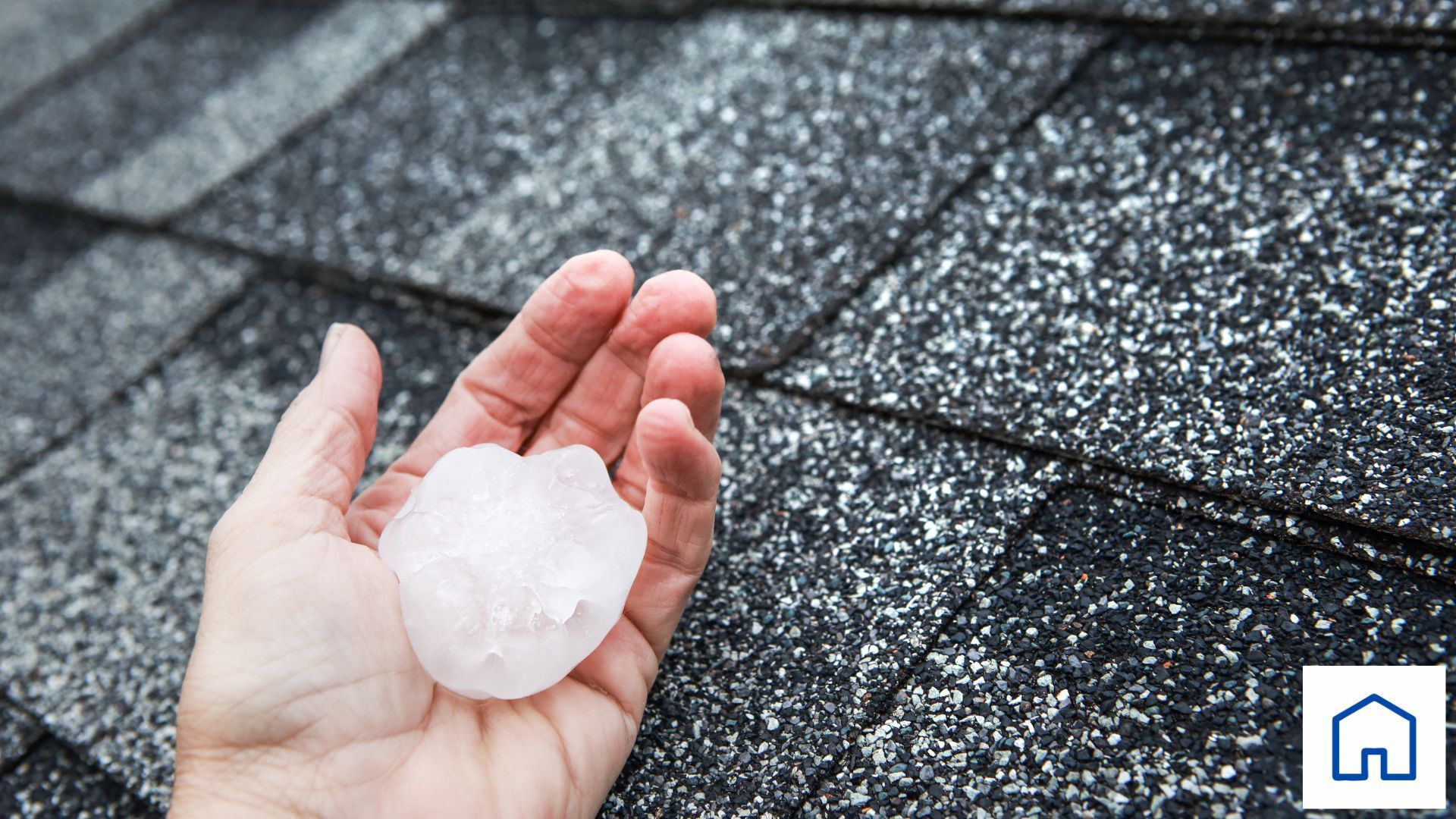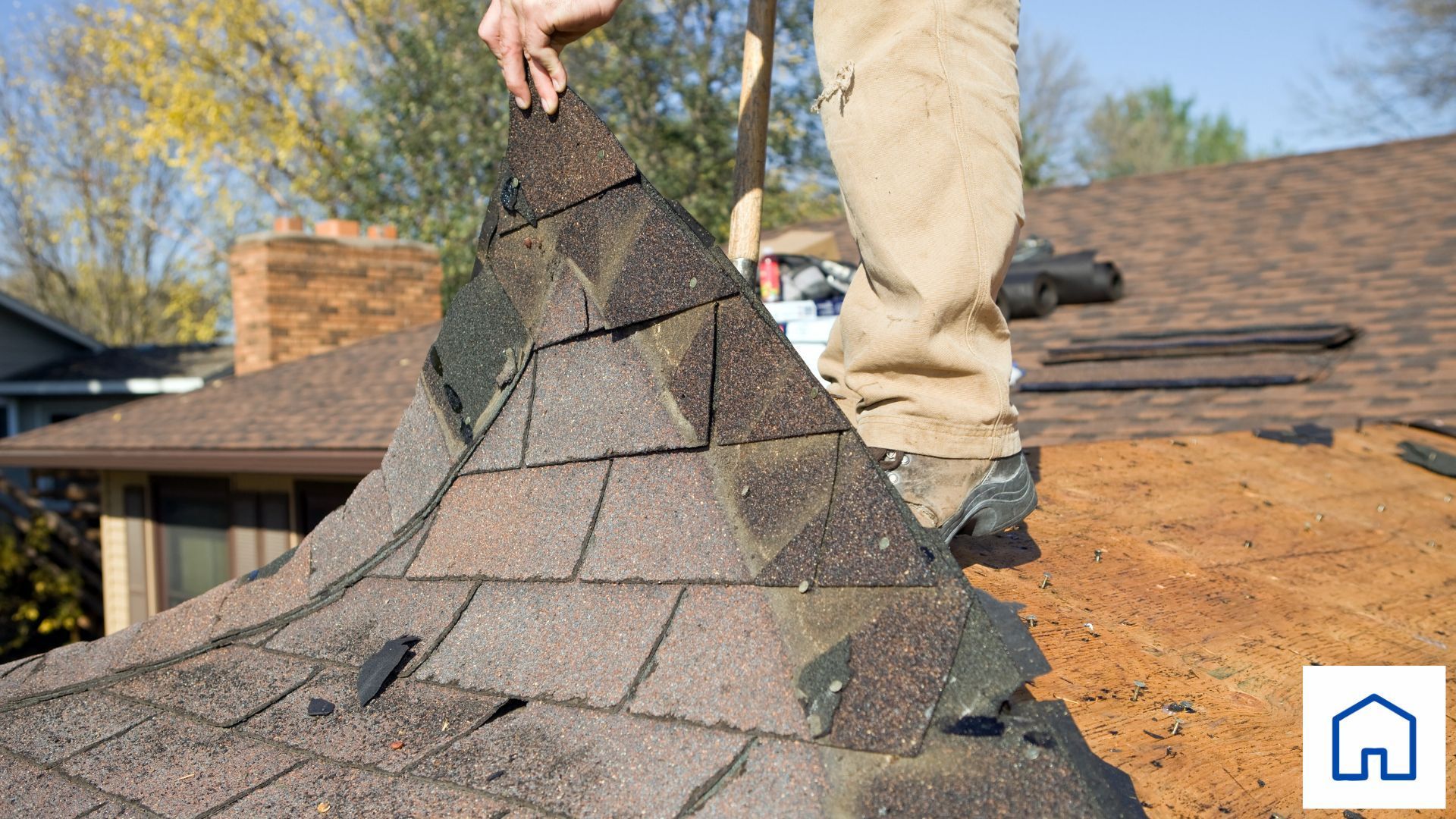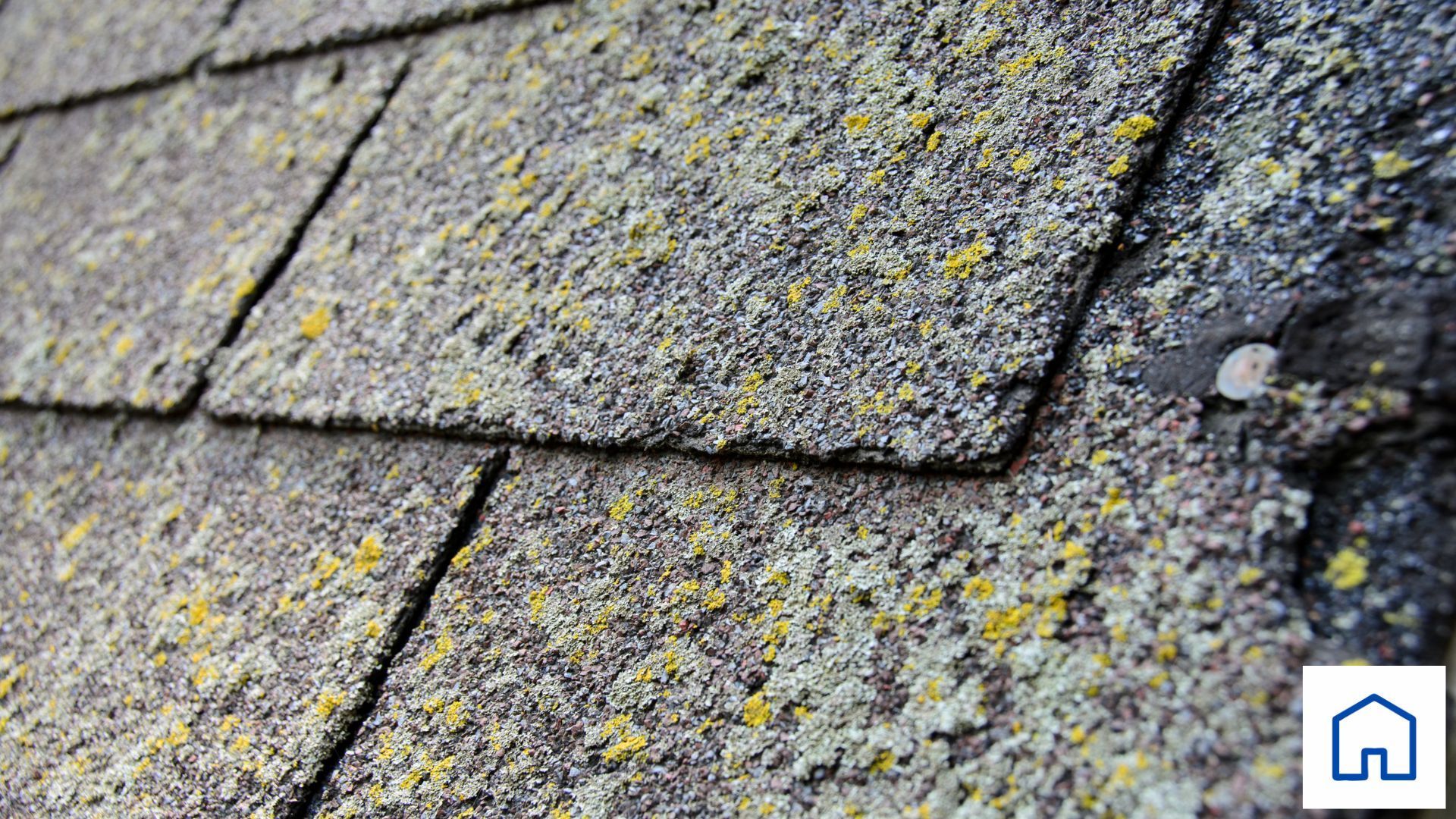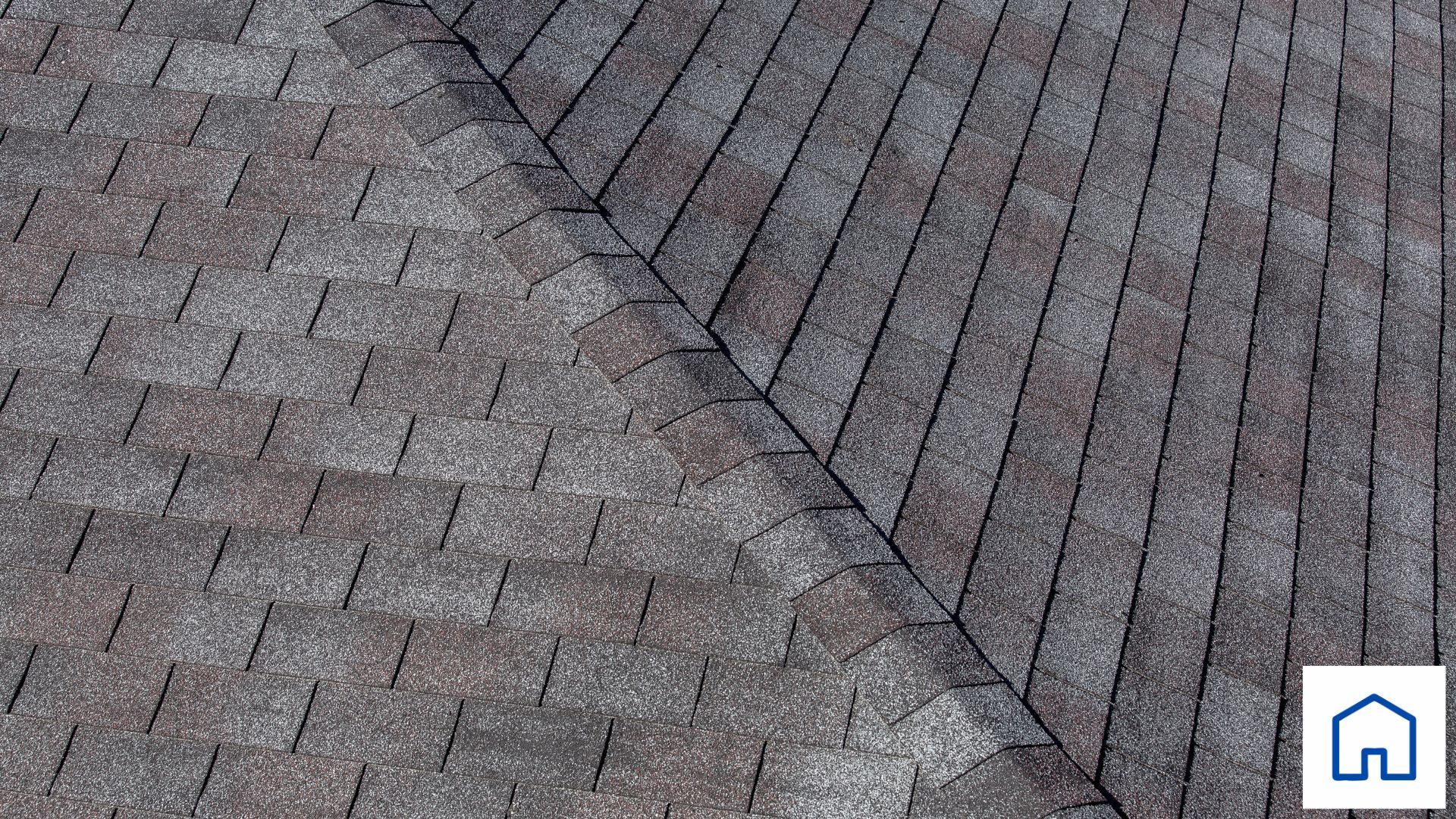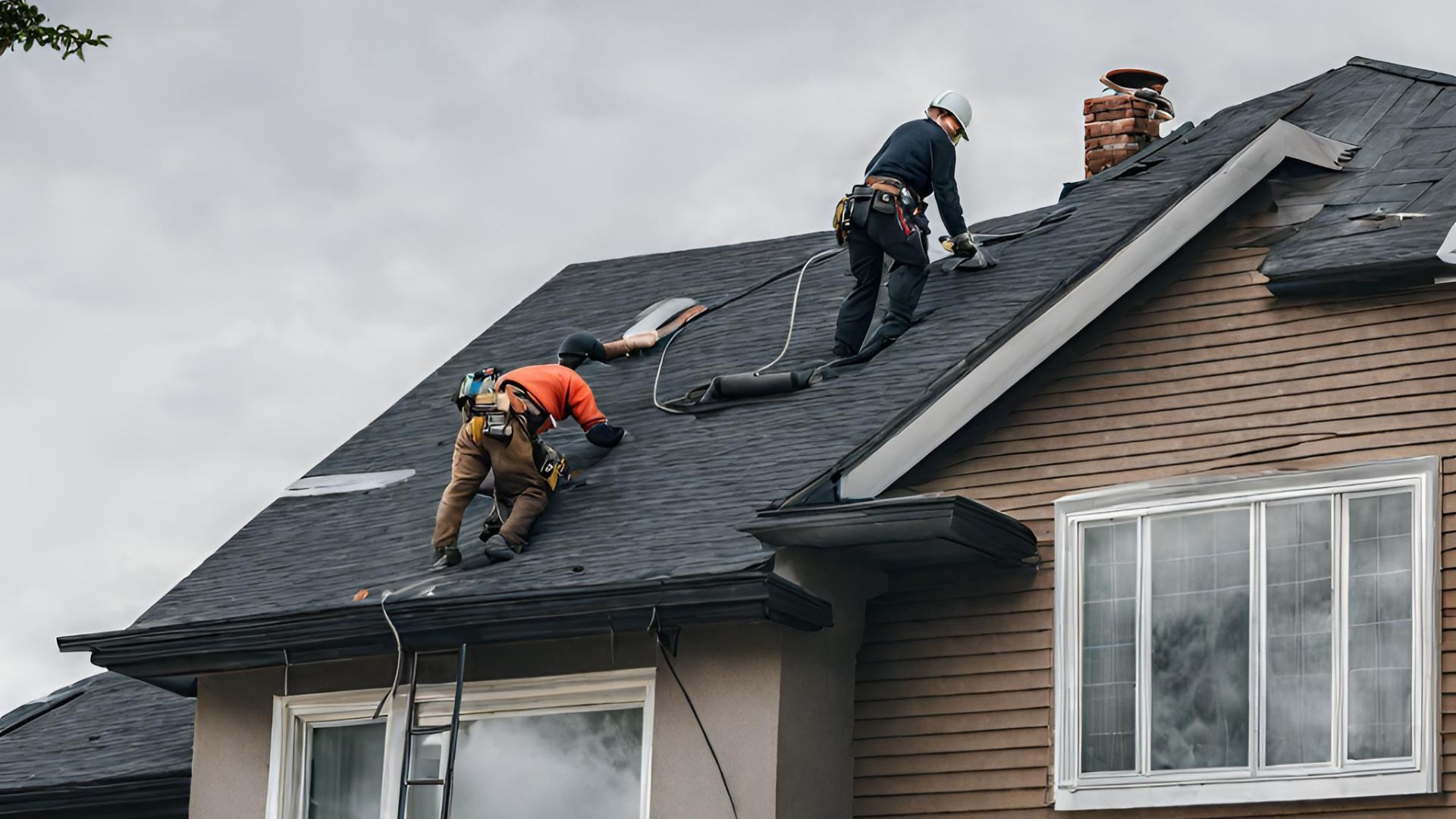Understanding the Different Types of House Siding
When it comes to renovating or updating your home, one of the most effective ways to enhance its exterior is to install new siding. Not only does this improve the look of your house, but it can also provide additional insulation, reduce energy costs, and protect your home from the elements.
With so many different types of house sidings, it can be challenging to determine which one fits your needs the best. In this blog post, we’ll explore some of the most common types of house sidings for your renovation.
1. Vinyl Siding
This type of siding is among the most popular kinds of house siding due to its affordability, durability, and low maintenance requirements. It is made from polyvinyl chloride (PVC) resin which is lightweight, weather-resistant, and available in a wide range of textures and colors. Vinyl siding is also easy to install and can last for up to 30 years with proper care.
2. Fiber Cement Siding
When it comes to different types of house sidings, you’ll likely come across fiber cement siding. This composite material is a combination of sand, cellulose fibers, and cement. Offering amazing durability, it is resistant to fire, insects, and rot while beautifully mimicking the appearance of masonry, stucco, or wood.
Fiber cement siding is also relatively easy to maintain and has a long service life of up to 50 years. However, since it is heavier and more difficult to install than vinyl siding, you may require
professional siding installation.
3. Wood Siding
Wood siding is a classic and natural choice for homeowners who want to achieve a rustic or traditional look. It can be made from a variety of wood such as cedar, pine, or redwood. You can also get it in different styles, including clapboard, shingle, and board-and-batten.
Wood siding is eco-friendly, biodegradable, and can be easily stained or painted to complement your home’s aesthetics. However, it is prone to rot, warping, and insect damage. It may require frequent maintenance to preserve its beauty and integrity.
4. Brick Siding
Brick siding is a timeless and elegant option that can add value and durability to your home. It is made from fired clay or concrete bricks which are available in different sizes, shapes, and colors.
Brick siding is also resistant to fire, pests, and weathering. It can last for over 100 years with minimal upkeep.
However, brick siding is expensive, heavy, and often requires special tools and skills to install and repair.
5. Stucco Siding
Stucco siding is a plaster-like material that can provide a smooth, textured, or patterned finish to your home’s exterior. It is a mixture of Portland cement, sand, and water. Additionally, you can further customize it with pigments or have it painted over.
Stucco siding is also fire-resistant, durable, and energy-efficient.
It can last for up to 50 years. However, it may crack, chip, or discolor over time, especially in areas with high humidity or seismic activity.
Choosing the Right Siding for Your Home
Now that you have a better understanding of the different types of house sidings, you can evaluate which one is the best fit for your budget, style, and climate. You should also consider the following:
Maintenance Requirements
Natural wood siding is the most high maintenance while fiber cement is the most low maintenance.
Energy Efficiency
Insulated vinyl siding performs best in terms of energy efficiency. Other energy-efficient options are wood, steel, composite, and stucco. In contrast, fiber cement is less energy efficient.
Resistance to Moisture, Wind, and Impact
Vinyl siding is one of the most durable options. If you live in wet climates, consider wood siding. Those residing in areas with strong wind should look to fiber cement siding.
Installation and Repair Costs
Again, vinyl siding wins in this category. Meanwhile, natural stone siding is difficult and time-consuming to install and repair.
Local Building Codes and Regulations
Most municipalities require permits for siding projects. Your local government may also mandate certain standards and materials for residential structures. Consult local building codes and regulations to ensure that your remodeling is compliant.
Your siding contractor can help you with this.
Best Nest Renovations: Get Professional Help With Your Sidings
For professional renovation services that involve siding repair, siding installation, siding replacement, and more, reach out to Best Nest Renovations. Based in Carrollton, Georgia, our locally owned and operated remodeling services can guide you through the process of selecting the ideal siding for your home.
Once you’ve chosen the best siding for your needs, you can count on us to get the job done according to the schedule we agreed on and within budget. Call us now at
770-800-8269 or
send us a message for a free inspection or a free estimate!
